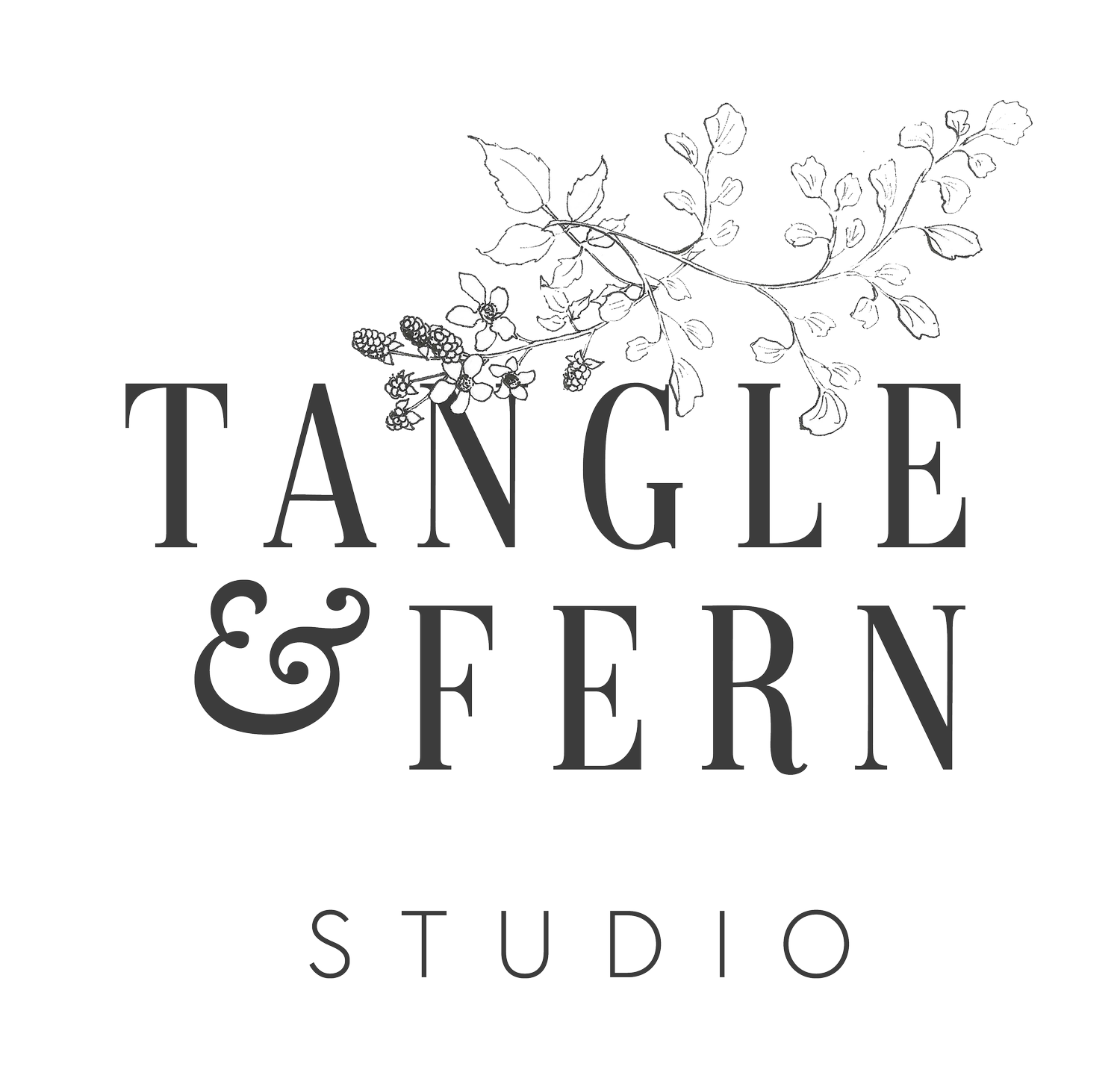Motivation
If we are truly to understand who the members of our ideal audience are, we need to understand what motivates them.
When reading a script, actors will often ask, “What’s my character’s motivation?” It’s not enough for them to be told, “He opens the door and steps through it,” they want to know why he wanted to open that particular door at that particular time, and what made him go through.
Motivation is the unseen force behind any action. It might not be scripted, it might not be spoken, but it’s there all the same.
Today we are going to do a spot of creative writing - using our most educated of guesses - to begin to create your audience persona.
First, keep in mind everything you wrote about your ideal audience in the previous activity. Also picture that moment, once again, when someone from your audience is doing exactly the thing you want them to do. Got it in your head?
Now, turn to page 16 of your workbook and answer the questions about that person’s motivations. If you don’t already have engaged audience-members, customers or clients, you may have to use your imagination. That’s ok: as I said, your guesses are educated guesses.
Read through the hints and tips below, to get a better feel for what to look for.
(ps. It’s completely OK if you feel you need to create more than one persona. Just start with one today, and repeat these exercises later, as many times as you need or want to).
Hints and tips
-
Their ethics and values
Remember the values exercises you did last week? Think through these, but this time, think about how your audience members (the person you pictured in our vision casting) might answer those questions. What matters to them? How do they want people to speak about them when they leave the room? What do they believe in?
-
Their needs and challenges
Think about what they need - or the challenges they’re facing - in relation to what you do. Maybe this is grand, such as educational, emotional or social needs. But it doesn’t have to be grand. You’re thinking about what needs they have that make them want to buy from or engage with you, rather than anyone else similar.
For example, if you make art, what is it that they want from an artist? Feelings of serenity? A mental challenge? Status? Something that matches their sofa? If you’re a nutritionist, what are your clients looking for? Online consultations? Family friendly approach? Integrate nutrition and exercise? If you sell plants, what do your customers need? Organic house-plants? Local delivery? Education on plant-care? The most on-trend Insta-famous foliage to populate their feeds?
-
How they feel
How does that need or challenge make them feel? They need to learn something but they can’t access it. How do they feel? They need art for their walls but they can’t find the right painting. How do they feel? They need help finding a path to better health but nobody offers integrated solutions. How do they feel? They want to grow organic but only local plant-nursery uses harmful chemicals and fertilisers. How do they feel?
-
How do they behave
Our feelings influence the way we behave, and the actions we take. Think about the challenge(s) your audience members are facing, and the way those challenges make them feel.
Now, what actions do they take in response to those challenges and feelings? Do they conduct research? Spend more money? Seek alternatives? Blame themselves? Describe what it is that they do, in response to the challenges they face and the feelings they evoke.
-
Their turn-offs
What kinds of actions and behaviours really turn them off? If you think back to the values exercises you did last week, these would be similar to the deal-breakers you listed. For your audience members, what kinds of things make them say, “No way!”?

